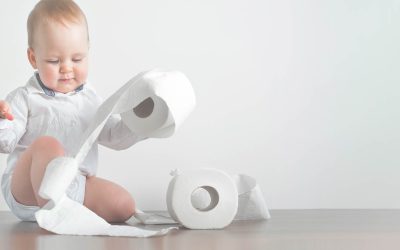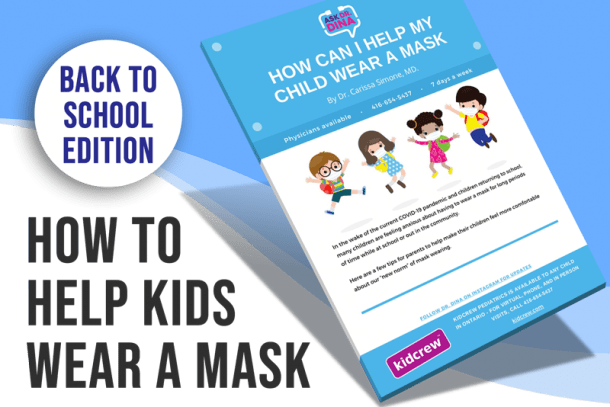How to Store Breast Milk
Many women who breast-feed use a breast milk pump at least occasionally. Some women use the breast milk pump to increase breast milk supply. As breast feeding is ‘supply and demand’, the breasts should respond to the demand of the pump by increasing milk volume. For women who want to continue to offer breast milk when they return to work, pumping at work can generate supply for their child while they are away.
It is difficult to find consistent data on how best to store and use pumped breast milk, so I have summarized my understanding here. It is based on the Academy of Breastfeeding Medicine’s Clinical Protocol #8: Human Milk Storage Information for Home Use for Full-Term Infants (Revision #1 March 2010) Clinical Protocol #8: Human Milk Storage Information for Home Use for Full-Term Infants (March 2010):
Preparation for milk storage
- Wash your hands with soap and water or hand sanitizer.
- Hand-express or use a breast milk pump. Ensure your pump is clean and dry, as bacteria can live in the tubing, phalanges or bottles.
- Use glass or polypropylene containers or polypropylene bags made for storage of breast milk. There are many on the market.
- These containers do not need to be sterilized, but do need to be cleaned with hot water and soap or washed in the dishwasher
- There is no need to discard the first few drops of milk
- Breasts do not need to be washed prior to expression
How to store breast milk
- Freshly expressed breast milk can be stored at room temperature for at least 3-5 hours
- Milk stored with ice packs in a cooler can keep for up to 24 hours
- Milk stored in the refrigerator can last 24-48 hours, but even up to a week if your milk has low bacterial growth
- Frozen breast milk can be stored for at least 3 months, or up to 6 months if in a freezer that is not opened often, particularly in a chest freezer
- Store the milk near the back, to avoid partial defrosting when the door is opened.
- Leave space at the top of the bag/container to allow for expansion with freezing
- Label all containers with the date of expression
- Store milk volumes according to what your child drinks, to avoid defrosting breast milk from multiple bags for one feeding.
- When adding newly pumped milk to already frozen breast milk, bring the new milk to room temperature before adding. This will ensure no defrosting of the frozen milk.
- Stored milk may have an altered breast milk taste compared to non-stored milk due to the activity of lipase which breaks down fat to fatty acids. It is safe for baby even if it smells or tastes different.
| Storage Location | Temperature | Maximum storage duration |
| Room temperature | 16-29°C | 3-4 hours optimal |
| Refrigerator | 4°C | 72 hours optimal5-8 days under very clean conditions |
| Freezer | <-17°C | 6 month optimal |
Using stored milk
- Fresh milk is better than frozen milk
- Use the oldest milk first
- Your baby can drink the milk warm or cool, it is his or her choice
- Avoid defrosting human milk in the microwave. This can lead to uneven heating, and can cause a burn. Microwaves can also decrease the health benefits of the milk.
- How to warm breast milk – defrost in the refrigerator and warm under running warm water or by setting it in a container of warm water.
- Once the milk is thawed, use within 24 hours of being in the fridge, or within a few hours at room temperature.
- Don’t refreeze defrosted milk
- If baby has drunk some milk but doesn’t finish the bottle, discard the milk after 1-2 hours.
- If you do not have enough breast milk to offer as a whole feed, mixing breast milk and formula is ok.
To read more about how to get off to a great start with breast feeding click here.
Dina is a wife, mother of 4, and adrenaline junky. She loves to share children’s health information from her professional and personal experience. More About Dr Dina.










